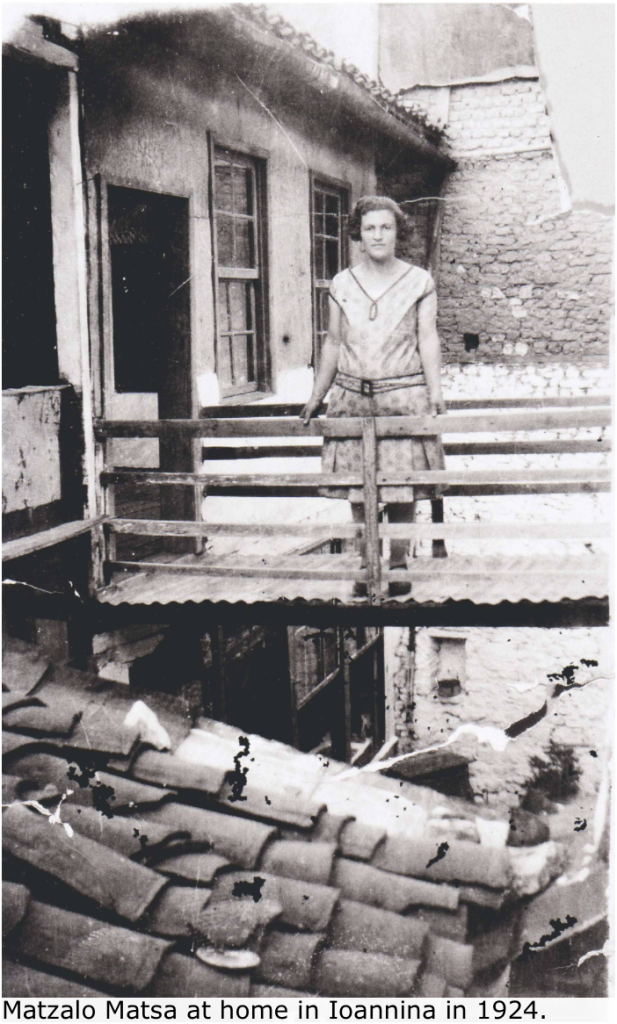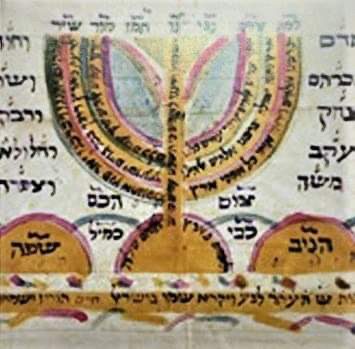
By 1944, some Romaniote Jews of the Jewish Community of Ioannina lived inside the castle walls, while others lived outside. As a result of this they referred to themselves as the insiders and the outsiders. Most homes in the Jewish quarters were two-storey houses with a paved courtyard called a sadi, and a garden with a well and typical bucket called a siklo. Outdoor ovens were also common and the frenzy of activity which took place there every Friday was a clear indication that Saturday’s day of rest was approaching. The most distinctive architectural and functional feature of Jewish homes in Ioannina was the tevla or tevila, a small cistern built into the basement area and used by the women for their ritual cleansing.
The interior of Romaniote homes was no different from that of homes occupied by Christians. Visitors were received in the sitting room or dining room, where there would be a sideboard and a low sofa or basi. Jewish homes were, however, different in character thanks to all the artifacts and paraphernalia they contained for worship in the home. On the right-hand post of the front door and of the doors to the rooms there was a mezuzah, a small case containing a piece of a paper or parchment with part of the Shemah, the main prayer in Judaism, written on it. Other essential objects are the hanukkiyah, the candle holder for the eight Hanukkah candles, the megillah or meglah, a gift a father-in-law gives his son-in-law on the first Purim in his married life, the seder plate for Pesach and various different amulets.
The Romaniote women of Ioannina were renowned housewives. In addition to keeping their homes clean and tidy, every Friday afternoon they white-washed their courtyards, signalling the start of the weekly Sabbath day of rest. For every celebration only the ‘best’ embroidery and linen was to be seen in Jewish homes, most of it worked in designs and stitches that were well-known all over the Ottoman Empire. Jewish housewives were well-aware that the home and the exceptionally cheerful celebrations that take place in it, such as the preparation of meals, the lighting of the Sabbath candles and the blessing of children, is the place where traditions are handed down from one generation to the next.
Jewish food from Ioannina was also wonderful. There was different food for every celebration and it always made use of whatever was in season. So Jewish New Year was usually celebrated with a’stari and in celebration of a circumcision the most usual sweet to offer was fnaro. Another Romaniote sweet was called bogika, and then there were other familiar names like Bigoules, a sort of homemade pasta, as well as Pasteliko, Karkanakia, Spintzo-pountsia, Lalagites and Bougatsa.
Source of texts and photos: The Jewish Museum of Greece, https://www.jewishmuseum.gr
